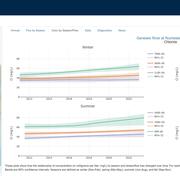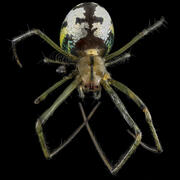Water data for Michigan, Minnesota, and Wisconsin
Access real-time and historical data for surface water, groundwater, water quality, and water use
Edge-of-field monitoring
Testing the effectiveness of agricultural conservation practices for reducing nutrient and sediment runoff
SPARROW models of streamflow and nitrogen, phosphorus, and suspended-s
SPARROW Watershed Models of Loads in Midwest Streams
Great Lakes urban stormwater monitoring
Assessing the ability of green infrastructure to reduce stormwater runoff in Great Lakes urban areas
Great Lakes mercury sources revealed
Mercury "footprinting" identifies sources of pollution in the Great Lakes
Upper Midwest Water Science Center
Welcome to the Upper Midwest Water Science Center’s (UMid) Website. We offer information on streamflow, water quality, water-use, and groundwater data for Minnesota, Wisconsin and Michigan. We conduct unbiased, scientific hydrologic investigations and research projects to effectively manage the Upper Midwest's and our Nation's water resources through joint efforts with our partners.






